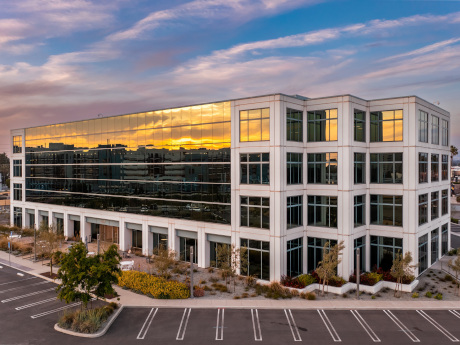— By Marty Pupil —
The Orange County office sector continues to battle through the early stages of a market turnaround as tenants adapt to new workplace strategies while balancing employee retention and company production. The market is beginning to thaw, however, as more tenants make decisions on their office space requirements, creating opportunities for tenant activity.
Net absorption was negative at the onset of 2024, totaling 338,100 square feet. South County experienced the highest amount of move-outs at 199,002 square feet, followed by the Airport Area with 171,171 square feet. Central County, North County and West County submarkets combined for positive absorption of 32,073 square feet. Right now, positive absorption shows up in pockets of the market and can vary by submarket and quarter. Positive absorption for the overall market will become sustainable when new leasing activity reaches levels that are high enough to compensate for givebacks.
Total vacancy in the first quarter rose 20 basis points quarter over quarter to 18.1 percent from 17.9 percent, while increasing year over year from 18 percent. Despite this, current vacancy remains well above the pre-pandemic 10-year average of 13.9 percent. For perspective, vacancy peaked at 19.2 percent during the financial crisis in 2010. Total availability decreased to 22.7 percent from the previous quarter’s mark of 22.9 percent, thanks to sublet availability dropping 40 basis points to 3.4 percent. It remains elevated compared to the pre-pandemic 10-year average of 2 percent.
Fewer tenants are subletting their space compared to recent quarters. This is important because it demonstrates a higher number of tenants electing to stay in their space. New leasing activity continues to be slow throughout the market. Leasing activity in the first quarter totalled 1.5 million square feet, representing a 2.6 percent decline from the previous quarter and a 15.5 percent increase from last year. This is still well below the pre-pandemic 10-year average of 2.6 million square feet.
Growth in leasing activity is integral for overall market health as it directly impacts vacancy, availability, lease rates and property values. Market conditions have caused average monthly asking rents to flatten out at $2.78 per square foot, full-service gross, unchanged from last quarter.
Market challenges are persistently hindering property values with leasing activity and occupancy levels below historical averages. The majority of investment sales in this current market are high-vacancy, value-add assets or redevelopment opportunities. We are likely to see slow market shifts in this cycle. Improvement in one area may very well jumpstart the recovery of other conditions. For example, vacancy will not consistently decline until leasing activity increases. Property values will not rise until occupancy grows. The market should expect to see small, gradual turns as it moves through this cycle.
Marty Pupil, Executive Managing Director and Partner, Stream Realty Partners


